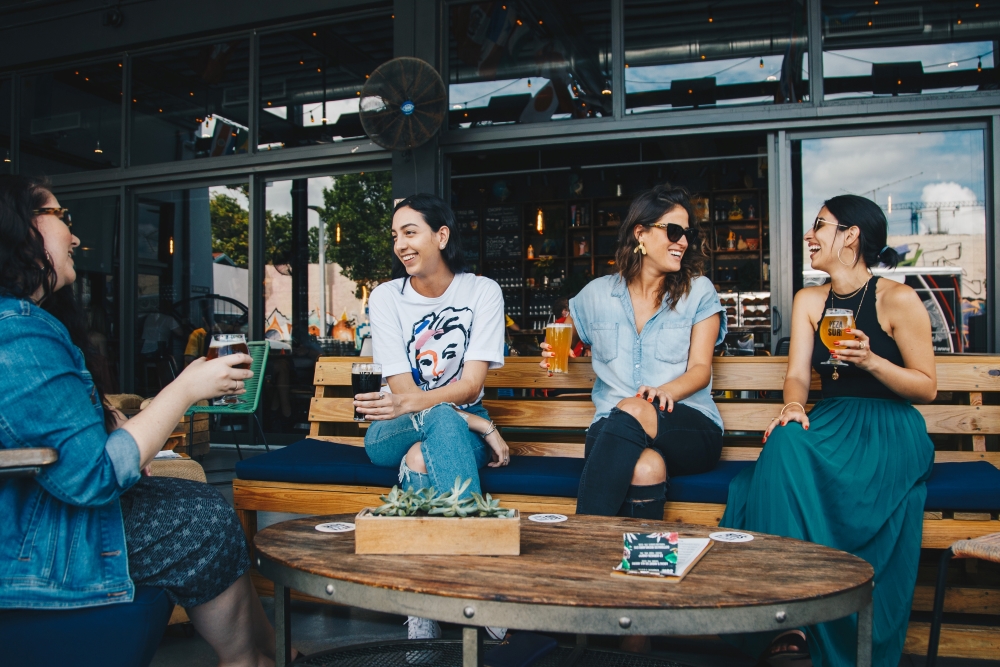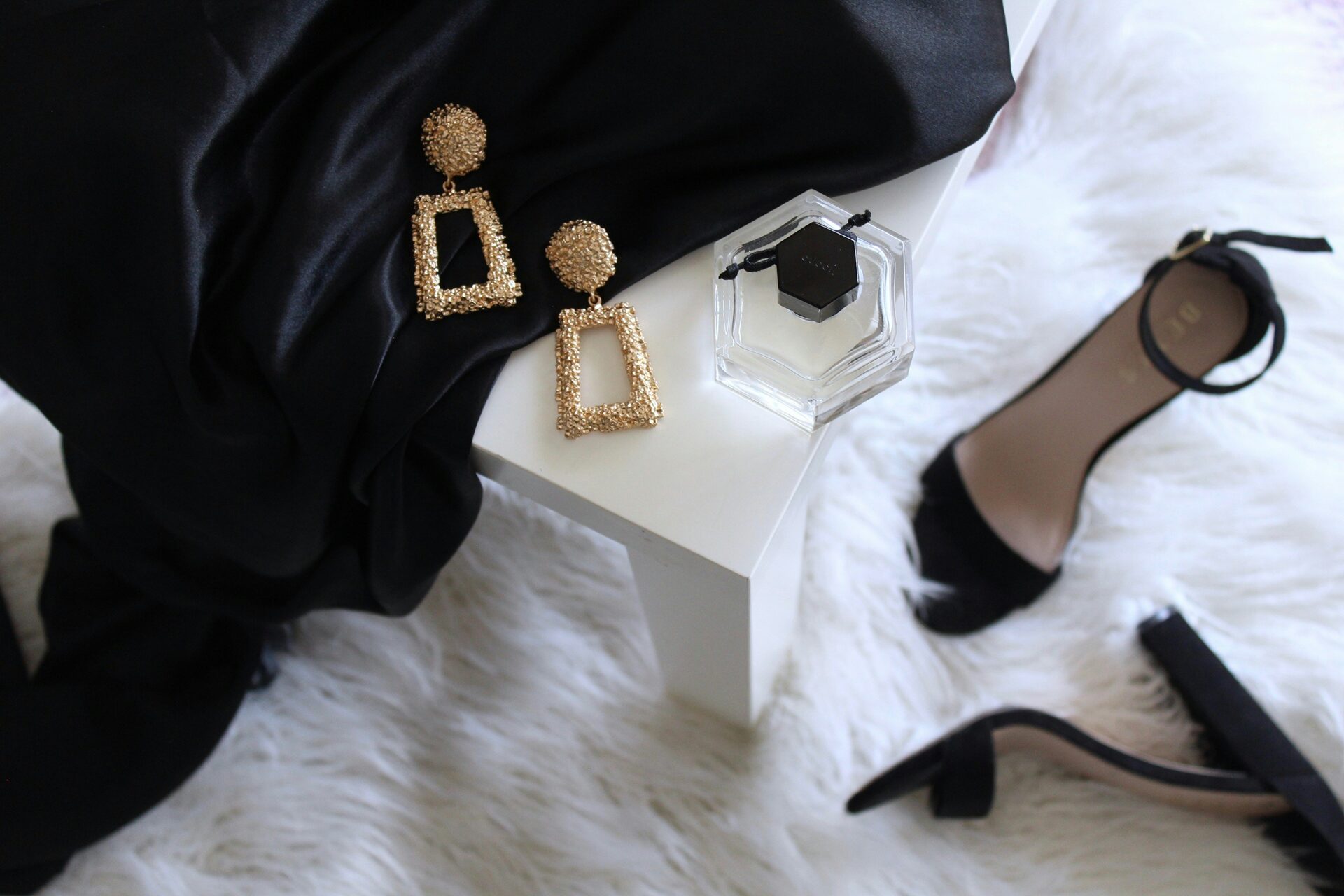Hit TV show Fleabag boosted Gin & Tonic sales – but what else makes the cult beverage so popular?
One driver behind the growth of gin is the premiumisation of the category – the “Fever-Tree factor”
Gin & Tonic is the UK’s favourite long mixed drink. Our latest BrandVue Drinks data shows that 38% of the UK adult population had one in the last three months, a lot higher than the next most popular long mixed drinks – Vodka & Coke (24%) and Rum & Coke (22%). And lockdown has made no difference to the popularity of the beloved G&T – it was the same picture all the way back in February.
Since 2013 there’s been a boom in gin sales – the so called “Ginaissance”. In 2019, 80 new gin distilleries opened, bringing the total up to 441 (up from 152 in 2013). A recent Wine and Spirit Trade Association report showed that over 82 million bottles were sold in the UK (up from 33m in 2013), worth over £2.6 billion (up from £746m in 2013). And according to HMRC, Britain exported £672 million worth of British gin in 2019. Although the speed of growth has slowed in recent years, gin sales are still increasing.
One driver behind the growth of gin is the premiumisation of the category – the “Fever-Tree factor”. Fever-Tree’s focus on the quality of ingredients, and a communications strategy that emphasised tonic’s quality (“if three quarters of your gin and tonic is tonic you should be mixing with the best”) stimulated the gin category generally and G&T specifically. Fever-Tree has been followed by other brands like Double Dutch and Merchants Heart, and Schweppes has introduced a more premium 1783 range of tonic – but it’s Fever-Tree that distillers should really be thanking.
BrandVue Drinks data shows that Fever-Tree is now the third most popular mixer in the UK. Whilst Coca Cola (31%) and Schweppes (28%) are most likely to be used as mixers with spirits, one in five said they used Fever-Tree as a mixer in the last three months.
Red Bull is a good analogy – it gave fresh stimulus to the vodka category in the 1990s with Vodka Red Bull, and again has boosted the profile of Jägermeister with the Jäeger-Bomb serve. In other words, the spirit category performance was driven by the appeal of the mixer. It does highlight that spirits brands looking for a lift might focus as much on identifying profile boosting serve combinations as coming up with new flavour variants and updated packaging.
Other factors have of course helped drive the gin category and the famous G&T. The growing food and drink culture in the UK, highlighted by the popularity of shows and festivals, has put more emphasis on traditional craft artisan values personified by drinks like locally made gin and craft beer. And distillers have been innovating – flavoured gin brands like Gordon’s Sicilian Lemon Gin and pink gin are sustaining category vitality. In fact, pink gin is one of the most popular spirits for mixing, according to BrandVue Drinks data, particularly for younger drinkers where Pink Gin & Lemonade, Pink Gin & Tonic and Vodka & Coke are the top three long mixed drink combinations.
And lest we forget, G&T got a boost from the hit TV show Fleabag: “Do you want a proper drink?”, the Priest asks Fleabag in April 2019. “I’ve got cans of G&T. From M&S”. Fleabag then uses the Priest’s offer to “come round any time with G&Ts” as an excuse to drop by the rectory with a plastic bag full of canned gin and tonics. M&S reported a 24% rise in sales of their own branded, ready mixed cans of gin and tonic after that!
To find our more or to download out Top 100 Most Loved Drinks Brands report, click here.





